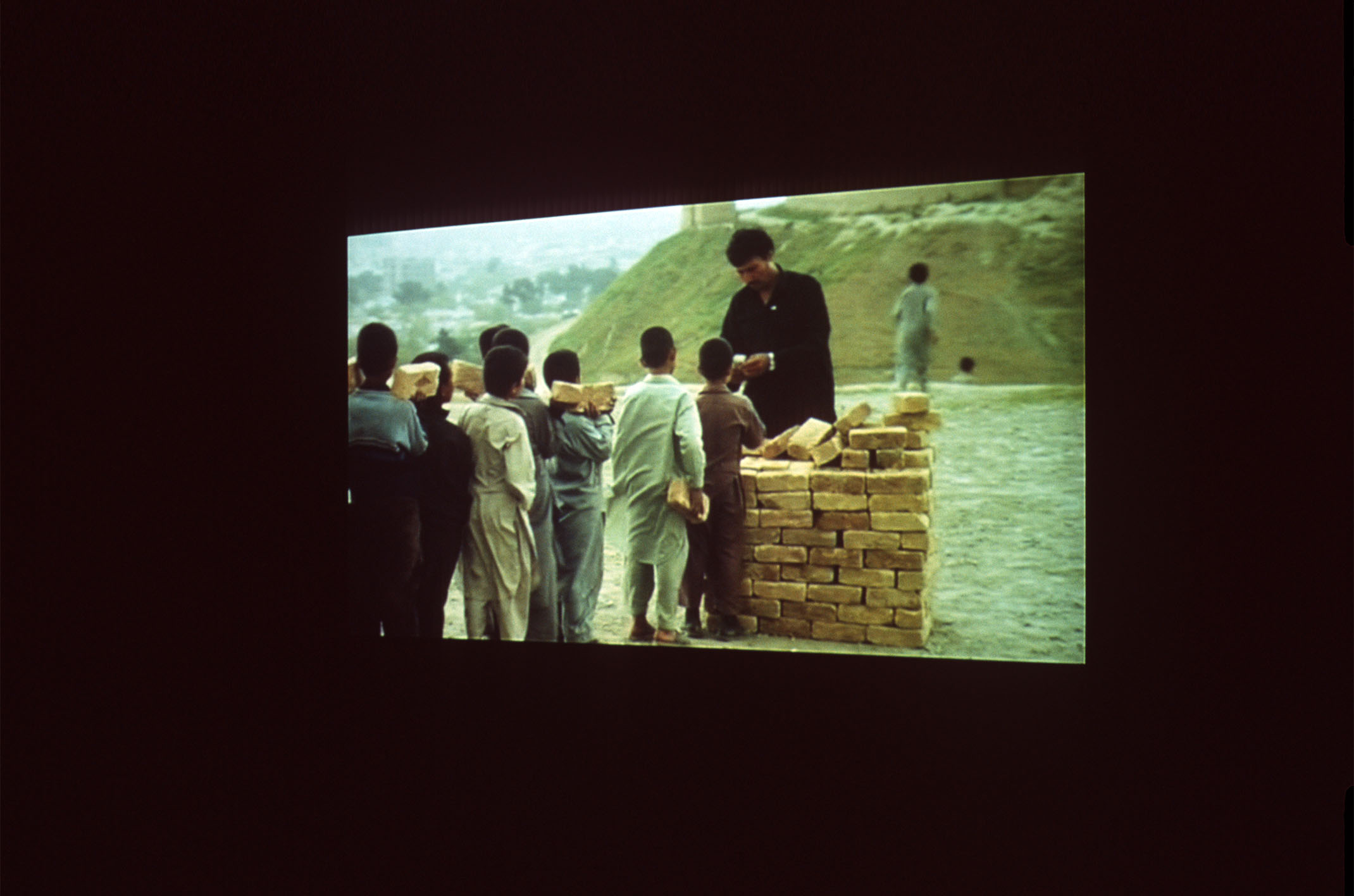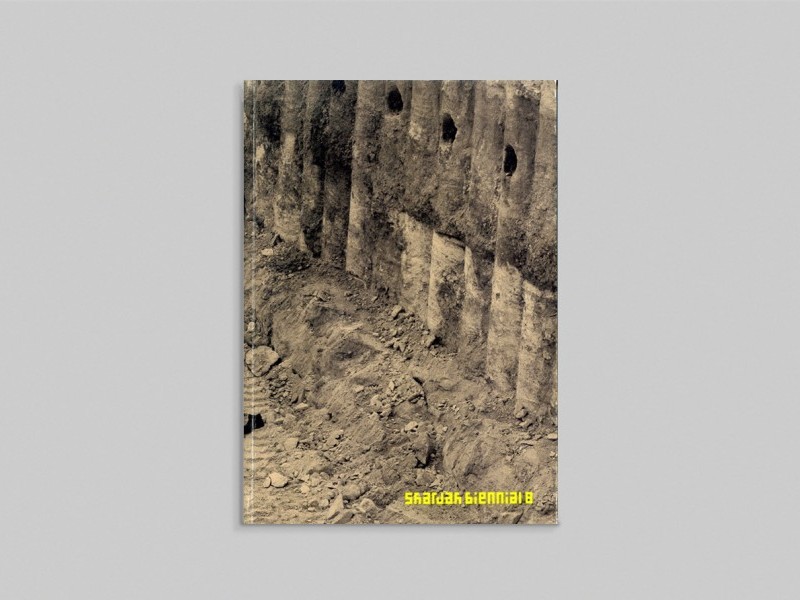
Brick Sellers of Kabul, 2006
Lida Abdul
Brick Sellers of Kabul, 2006
16mm film transferred to DVD
courtesy Giorio Persano Gallery
search


Lida Abdul
Brick Sellers of Kabul, 2006
16mm film transferred to DVD
courtesy Giorio Persano Gallery
Lida Abdul’s “Brick Sellers of Kabul” approaches the complex process of reconstruction in Afghanistan, producing a subtle reflection that could be perceived and considered as a comment on social negotiation and transformation.
In this work, the dynamic tension between the protagonists of such reconstruction comes to the fore through a penetrating synthesis. On the one hand, we confront, conceptually speaking, the necessary and basic elements embedded in every process of reconstruction: primary materials (bricks) and the future generation (children). However, on the other hand, the third protagonist is a man whose presence disrupts and marks this process of renovation and transformation with his constitutive role of authority.
The continuous enduring sequence of children playing and selling the stones gives us a sense of inescapability marking out the presence of an unwritten law that belongs to every moment of reconstruction, namely dynamisms of power that emerge from the everyday struggle for survival. The brick sellers that we encounter in this video are the children of Kabul, but their movements never speak about total resignation. Nonetheless, this fragment of everyday struggle testifies to a precarious indication of redemption.
Abdul’s visual alphabet remains always straight forward, but there is never an intention of judging what is happening. However, at the same time, there is not an absolute detachment from issues concerning the everyday life of these children. Put differently, in Abdul’s work there is a clear attempt to explore the way the various elements contributing to the rebuilding merge together, and this is accomplished through an act of suspension in which the situation is presented without additional elaboration.
Abdul’s work puts forward the possibility of redefining the notion of public performance in relation to social and political questions, employing Kabul’s people as the first protagonists of the process of reconstruction. Moreover, the artist confronts us with the question of how reconstruction could be investigated through a performative act in the public sphere avoiding, on the one hand, the stereotypes of mass media and, on the other hand, a documentarist investigation. Here Abdul faces, in a delicate and contemplative way, the recent and dramatic reality of her country and she touches truthfully the wounded skin of this reality. In this sense her video performances could be considered as imaginative re- appropriations that function as reflective gestures on the condition of existence of Kabul’s people. These imaginative re-appropriations speak about a tendency of confrontation in which collective memory and imagination and their configuration become fundamental components of the process of reconstruction itself.
This project was part of Sharjah Biennial 8.

This catalogue accompanied Sharjah Biennial 8, which attempted to renegotiate the relationship between art and ecology into a system of cohabitation.

The second book in the Still Life: Art, Ecology and the Politics of Change series, documents Sharjah Biennial 8 as it was on view.